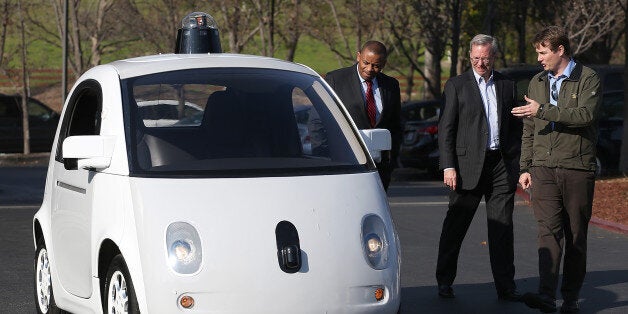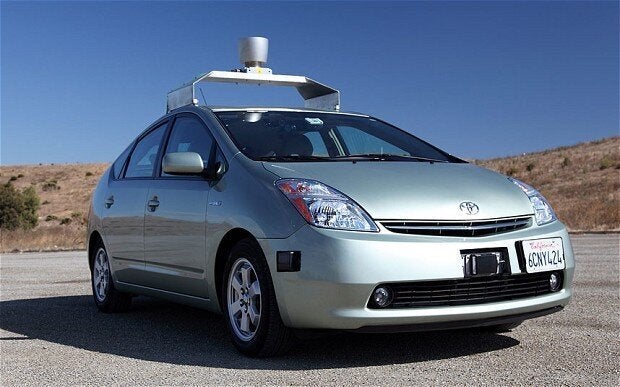
Be careful in your first ride of your brand new luxury self-driving Mercedes or Tesla - you don't want to spew chunks over the leather interior.
Scientists at the University of Michigan's Transportation Research Institute have found up to 12% of people could experience moderate to severe motion sickness in self-driving vehicles, meaning one-tenth of people who splash out on an expensive new automated automobile might end up splashing out their lunch on the seats.
The reason passengers get car sick - but the driver doesn't - is because your eyes don't match up with what your body is feeling. This means anyone watching the road at all times will probably be fine, but might not be able to watch TV or read in your self-driving car without getting queasy.
Which is fine, because most people say they would watch the road anyway:
No word on what "Other" means, but we've got a few guesses.
